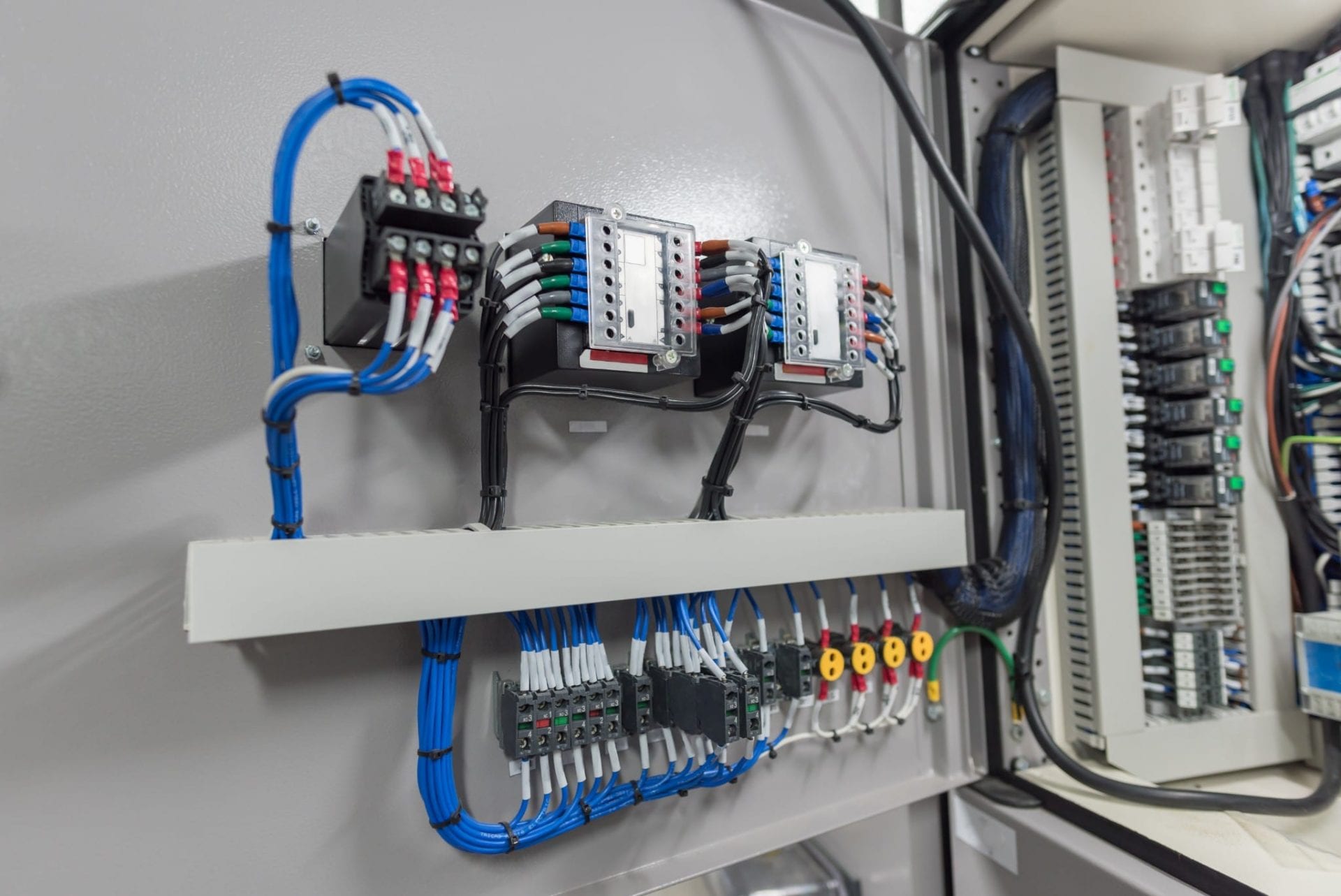A Step-by-Step Beginner's Guide to Electrical Wiring

Electrical wiring is an essential component of any home, and understanding it is essential for every homeowner. Not only is it helpful in ensuring the proper running of your house however, it is critical for your security. In this post, we’ll examine the fundamentals of electrical wiring as well as the importance of security and the advantages of employing an authorized residential electrician to handle all of your electrical wiring requirements.
Understanding Electrical Wiring Basics
The electrical wiring refers to the network of electrical conductors which run through your home, carrying electric power to appliances as well as lighting fixtures. It works by forming electrical circuits that connect your electrical power source with your gadgets. Electrical circuits consist of switches, wires, along with other electronic components, which function to form a secure and efficient electrical system. There are various kinds of electrical wiring, including copper, aluminum, and wire insulation types such as PVC or rubber.
Preparation and planning for electrical Wiring
Before you install the new wiring for electrical use, it is important to consider a variety of factors to consider, including the kind of wiring you’ll need, the size that your electric system can handle and your power needs. Additionally, it is important to be aware of electrical wire regulations as well as permits required in your region. To be prepared for electrical wiring, design an electrical plan and evaluate your electrical requirements. This will help ensure that your electrical system is safe efficient, reliable, and meets the power requirements of your home.
Materials and tools required for Electrical Wiring
When installing new electrical wiring, it is important to have the proper tools and materials available. Tools that are essential include wire cutters, strippers, pliers, as well as a voltage tester. Other materials needed to conduct electrical wiring are electrical tape, wire nuts conduit as well as electrical box. It’s also beneficial to have a wiring diagram that will help you with the installation process.
Step-by-Step Instructions for Electrical Wiring Installation
Installing electrical wiring can be a complex process However, with the proper tools and knowledge, it can be done quickly and safely. This is a step-by-step guide to installing new electrical wiring in your home:
Switch off the power in the location where you’ll be working.
Create a wiring plan and mark where the wire will be placed.
Install electrical boxes and conduit where necessary.
Cut and strip wires to the proper length.
Connect the wires to the fixtures or devices that you’re wiring.
Make sure the wires are secured by using wiring nuts, electrical tape or even conduit straps.
Examine the wiring to confirm that it’s functioning correctly.
During the installation process, it is important to follow wiring installation best methods and suggestions. Additionally, be aware of the common mistakes in the installation of electrical wire, like wiring circuits that are too large, using wires that are damaged, or using the wrong kind of wire.
Troubleshooting Electrical Wiring Problems
Even with careful planning as well as installation problems could occur. The most frequent issues are circuit overloads, wiring damage, and electrical shorts. To resolve these issues it is crucial to be aware of common electrical wiring problems and understand how to efficiently and safely solve these issues. It is also essential to adhere to electrical safety guidelines in the event of a problem with electrical wiring including shutting off the power and wearing appropriate safety gear.
Conclusion
In conclusion, understanding electrical wiring in your home is vital to your safety as well as the effective operation of your electrical system. It is crucial to engage an authorized electrician to make sure your wiring is installed and maintained correctly. We at Local Electrician Richmond, we provide a range of electrical services, including wiring installation and repair. Contact Local Electrician Richmond at 1300 610 481 for all of your electrical wiring requirements.
Electrical Wiring FAQ
Here are some frequently asked questions regarding electrical wiring, along with extra safety advice and the best methods for electrical wiring installation and repair:
What kind of wire should I choose for my electrical wiring?
The kind of wire you choose to use for your electrical wiring will depend on the particular requirements of your project and the local building codes. It is crucial to select the appropriate gauge of wire along with the insulation type, as well as wire material to ensure safety and efficiency for your wiring system.
Can I install an electrical wire of my own?
While it is feasible to install an electrical wire yourself it’s essential to have the proper expertise and experience to complete the task in a safe and efficient manner. In the majority of instances, it is recommended to hire an experienced electrician to ensure your wiring is properly installed and maintained properly.
How often should I have my electrical wiring inspected?
It is recommended to examine your electrical wiring every 10 years or whenever you observe symptoms of electrical malfunctions, such as frequent circuit breaker trips or electrical shocks.
What do I do if discover electrical wiring issues in my house?
If you notice any electrical wiring issues within your home, for example, flickering lights or outlets that don’t work, it is important to take action immediately. Shut off power to the affected area and then contact a licensed electrician to evaluate and repair the problem.
By following these suggestions and the best practices, you can ensure the electrical wires are safe and functioning in a safe manner. Make sure you are taking safety into consideration and get a certified electrician whenever you need to. Contact Local Electrician Richmond at 1300 610 481 for all your electrical wiring needs.
